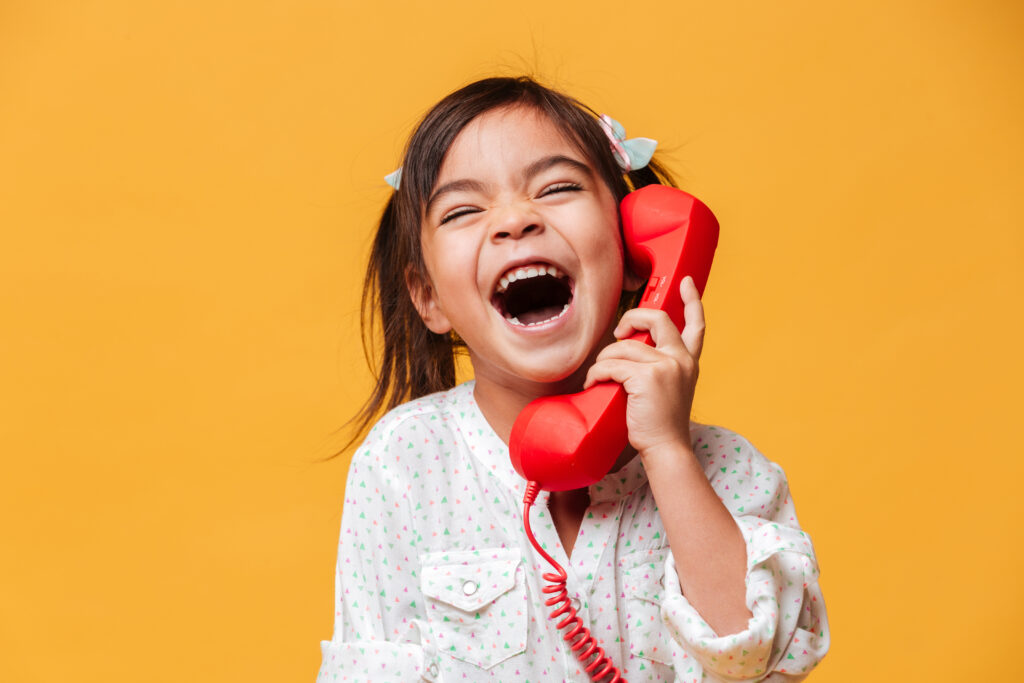More Than Words: How Learning a New Language Supports Emotional Growth and Social Confidence in Kids

Key Takeaways
- Language learning plays a crucial role in children’s emotional and social development.
- Emotional intelligence is closely tied to the ability to understand and express feelings—something language directly impacts.
- Children who learn new languages often show more confidence in social settings and stronger communication skills.
- Bilingualism encourages empathy and cultural awareness, deepening a child’s social understanding.
- Early exposure to multiple languages supports cognitive flexibility, enhancing emotional regulation.
Introduction
In a world that’s more connected than ever, the ability to communicate across cultures isn’t just a practical skill—it’s a deeply personal one. For children, learning a new language opens more than doors to travel or academic success; it unlocks parts of their emotional and social selves that are still forming. Language isn’t just a tool; it’s a lens through which kids begin to understand the world, their feelings, and their relationships with others.
As parents and educators, we often focus on language acquisition for its educational perks. But what if the real gift of learning another language lies in how it helps children grow emotionally and socially?
This article explores how acquiring a second language fosters emotional growth and builds social confidence in kids. Whether you’re raising a bilingual child or considering introducing a new language into your home or classroom, the insights below will show just how powerful language learning can be for a child’s whole self.
The Link Between Language Learning and Emotional Development
One of the most profound impacts of language learning is on emotional development. Language gives children the vocabulary to name and process their feelings—“I feel frustrated,” “I’m proud of myself,” “I’m worried”—and this act of naming is key to emotional regulation. The more words children have to describe their inner world, the more effectively they can navigate it.
Studies have shown that bilingual children often exhibit higher levels of emotional intelligence. Why? Because understanding and switching between languages teaches kids to pay attention to tone, body language, and context. These are not just linguistic cues—they’re emotional ones.
In fact, children who learn new languages tend to show increased empathy, patience, and self-awareness. They’re also more likely to pick up on subtle emotional cues in others, making them better friends, classmates, and collaborators.
Building Social Confidence Through Language Acquisition
Learning a new language isn’t just an academic milestone—it’s a social one. For children, every new word, phrase, or cultural nuance they grasp becomes a building block for real-world connection. As kids develop language skills, they often feel more empowered to speak up, join group activities, and navigate unfamiliar social settings—all crucial aspects of growing confident in themselves and their interactions.
How Language Boosts Self-Esteem
Mastering a second language often involves trial, error, and a lot of persistence. Each small victory—whether ordering food in French or holding a conversation with a peer—reinforces a child’s belief in their abilities. This sense of achievement naturally spills over into other areas of life, nurturing resilience and self-worth.
Even more powerful is the boost children get from being understood in another language. That moment when a Spanish sentence flows effortlessly or a Japanese greeting earns a smile becomes a catalyst for increased self-trust. The ability to communicate across linguistic boundaries makes children feel capable—a key ingredient in self-confidence.
Real-Life Social Growth
Children who engage in language-rich environments—like immersion programs, multilingual classrooms, or language playgroups—tend to take more social risks. They’re more likely to:
- Initiate conversations with peers from different backgrounds
- Participate in public speaking or performances
- Act as bridges between children who speak different languages
- Show leadership in group problem-solving activities
For example, a child learning French in Vaughan might become the go-to helper when a newcomer from Quebec joins their class, fostering a sense of responsibility and inclusion. This kind of interaction not only validates the child’s language skills but also strengthens their identity as a connector—someone who can help others feel seen and supported. These moments build confidence in subtle but lasting ways, reinforcing the idea that they have something valuable to contribute to their social world.
Cultural Awareness and Empathy as Byproducts of Language Learning
Children don’t just learn grammar and vocabulary when picking up a second language—they absorb the cultural values and emotional nuances baked into those words. Each new phrase comes with its own social context, and with that, an opportunity for deeper understanding of how others live, feel, and communicate.
Language as a Gateway to Empathy
When a child learns that one culture may express gratitude with a bow while another uses a warm hug, they begin to appreciate the diversity of emotional expression. These insights nudge kids toward empathy by teaching them to read between the lines—not just in words, but in actions, tone, and context.
This can be especially impactful in multicultural cities like Vaughan, where classrooms and playgrounds often bring together children from many different backgrounds. Language learners in these environments are naturally more open to diverse friendships and better equipped to handle social complexities with sensitivity.
Respecting Differences, Building Unity
Through language, kids also gain access to folktales, songs, customs, and traditions that reflect other ways of life. This exposure encourages curiosity and challenges stereotypes. For example, a child studying Mandarin might learn about the Mid-Autumn Festival, prompting questions like “Why is family so important in this celebration?” or “How do different cultures show appreciation for nature or ancestors?”
These questions spark meaningful conversations at home and in the classroom. And over time, children who learn to see the world through another cultural lens tend to become more inclusive, tolerant, and emotionally attuned individuals.
At this point, parents may be wondering how to support their child’s emotional growth through language in everyday life. One great starting place is to explore child development programs in Vaughan that encourage social interaction and cultural exposure through fun, interactive learning.
Cognitive Benefits That Support Emotional and Social Growth
While much of the conversation around bilingualism focuses on language and culture, the cognitive advantages are just as compelling. Children who learn more than one language often show enhanced executive functioning—skills like working memory, flexible thinking, and self-control. These abilities don’t just help with academics; they’re key to emotional regulation and positive peer interactions.
Brain Power and Emotional Awareness
Multilingual children must constantly decide which language to use in which setting. This mental juggling act sharpens their ability to switch tasks, solve problems, and monitor emotional cues. They become more aware of subtle changes in tone or facial expression, and more skilled at adjusting their responses accordingly.
This level of self-awareness can be especially helpful for children who may struggle with emotional outbursts or social anxiety. Language gives them tools to pause, reflect, and communicate their feelings—making it easier to form healthy relationships.
Language Learning as a Lifelong Skill
Perhaps most importantly, these cognitive and emotional skills stay with children for life. They grow up not only with a practical ability to speak multiple languages, but with a strong foundation in empathy, resilience, and communication. These are the qualities that shape future leaders, thoughtful friends, and compassionate citizens.
Final Thoughts: Nurturing the Whole Child Through Language
In the end, teaching a child a new language is about so much more than fluency. It’s about expanding their emotional vocabulary, growing their social confidence, and opening their hearts and minds to the world around them.
Families who are ready to take this journey don’t have to do it alone. If you’re looking to support your child’s emotional and social development in a holistic way, consider reaching out to therapists in Vaughan who understand how language, behavior, and emotions are deeply connected.

